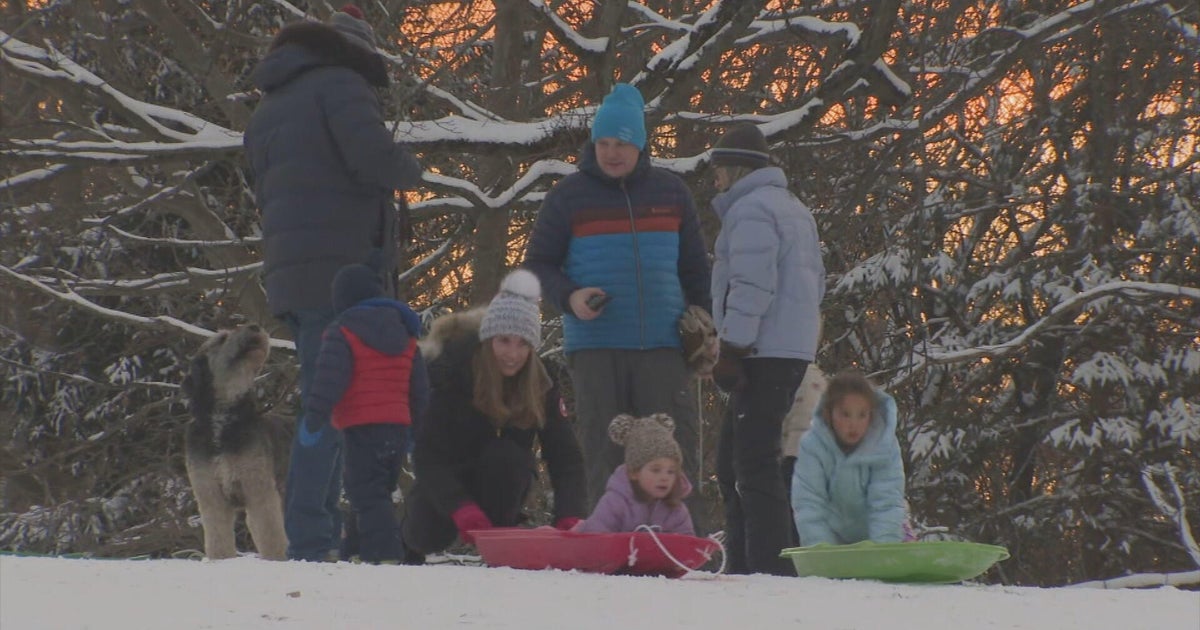Old Farmer's Almanac: Global cooling to continue

Most of the country will see a colder-than-usual winter while summer and spring will be relatively cool and dry, according to the time-honored, complex calculations of the "Old Farmer's Almanac."
The 2011 issue of the almanac, which claims to be the nation's oldest continuously published periodical, was released Tuesday. It predicts that in the coming months, the Earth will continue to see a "gradual cooling of the atmosphere ... offset by any warming caused by increased greenhouse gases."
The "Old Farmer's Almanac" also is forecasting a weak La Nina - a climate phenomenon marked by an unusual cooling of the sea surface in the tropical Pacific Ocean.
Janice Stillman, editor of the almanac, said that means much of the eastern half of the United States will experience lower-than-normal temperatures with less snow while Mid-Atlantic states will see more snowfall than usual. The West will see a mild winter with average precipitation, she said.
Meanwhile, the South will experience a cold and wet summer and the Rockies should see a mild and dry winter, according to the New Hampshire-based "Old Farmer's Almanac."
"It'll be cold. There will be no mistaking winter," Stillman said. "But it may be a little shorter or we may see some small warm spells in places like the East Coast."
The 219-year-old "Old Farmer's Almanac" and its longtime competitor, the Maine-based "Farmers' Almanac," still draw droves of fans despite it being the age of the Internet and mobile phone apps. The books, which use secret formulas to predict weather based on sunspots, planetary positions and other information, are popular at farmers markets and bookstores and have maintained a fan base that sometimes spans generations of families.
Both books have a circulation of around 3.2 million and feature a mix of helpful hints, recipes, gardening tips, jokes and inspirational messages. Their websites are full of videos, blogs, podcasts, Twitter accounts and Facebook fan pages.
In general, the almanacs' weather predictions are similar. The "Farmers' Almanac" predicts that it'll be cold but nothing like last winter.
"Overall, it looks like it's going to be a kinder and gentler winter, especially in the areas that had a rough winter last year," said managing editor Sandi Duncan.
But the almanacs' forecasts are at odds with the National Weather Service's long-range outlook for the meteorological winter, which runs from December through February.
NOAA's Climate Prediction Center anticipates a warmer-than-normal winter for the mid-Atlantic and Southeast and colder-than-normal weather in the Northwest. That puts it at odds with the almanac.
Ed O'Lenic from NOAA's Climate Prediction Center said the scientific community doesn't accept tides, planetary alignment and sunspots as effective predictors of temperature or precipitation, but he stopped short of being critical of the almanac's meteorological methods.
Stillman said, however, she's confident about the weather predictions in the "Old Farmer's Almanac" because they tend to be 80 to 85 percent accurate - the same accuracy rate boasted by the Maine almanac.
The dueling almanacs have enjoyed a long, mostly friend rivalry that dates back nearly 200 years, said Judson Hale, the semiretired chairman and longtime pitchman for the "Old Farmer's Almanac." He said any time one of the almanac gets publicity, it helps the other.
But Hale is quick to say his publication is older and has more history: "We're the one in the Smithsonian. We're the one that Abraham Lincoln used in a murder trial. We're the one George Washington read. We are THE one."
Still, Hale said, both almanacs survive because they've maintained strong relationships with their readers for generations.
"I think it's very comforting for people to see that there's a constant in this world," he said. "There's something that, although brand new every year, isn't changing. It is the same."
---
Online:



